
Beaver Tail • My Pet Carnivore
Beaver tail liver is an anatomical liver variant presenting as elongated left lobe of liver which extends laterally to the spleen. It can present with symptoms or be detected accidentally.

Beaver tail liver
Patient Data Age: 35 years Gender: Female ct Coronal and axial CT images show the inferior lobe of the liver lying below the costal margin, and elongated left liver lobe extends laterally and in close contact with the spleen. Case Discussion

Beaver Tail Photograph by LeeAnn McLaneGoetz
Beaver tail liver is a rare hepatic anatomical variant in which the left hepatic lobe extends into the left upper quadrant and surrounds the spleen. This extension of the left hepatic lobe consists of normal hepatic parenchyma with no functional liver impairment. In trauma cases, however, the extended left hepatic lobe is vulnerable to injury.

Examples of American beaver tails when transmitters pulled back through... Download Scientific
Beaver tail liver is an anatomical liver variant presenting as elongated left lobe of liver which extends laterally to the spleen. It can present with symptoms or be detected accidentally.

Pin by Beth Zaiken on Paleoart Animals, Zoo, X ray
Beaver tail liver, also known as a sliver of liver, is a variant of hepatic morphology where an elongated left liver lobe extends laterally to contact and often surround the spleen. It is more common in females.
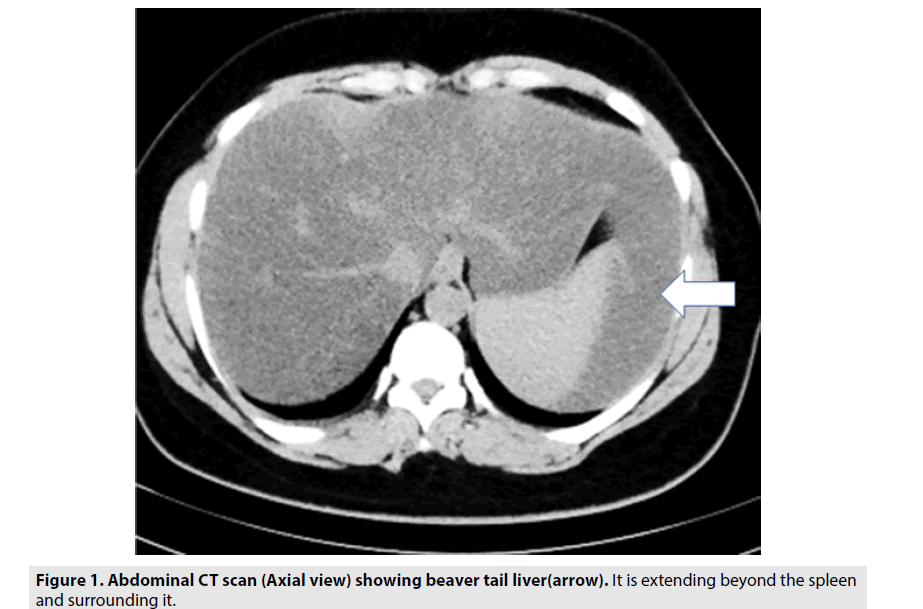
Beaver tail liver in evans syndrome due to systemic lupus erythem
Europe PMC is an archive of life sciences journal literature.

This Is What Animal XRays Look Like
Beaver Tail, X-ray C028/1127 Rights Managed 75.4 MB (11.4 MB compressed) 6900 x 3819 pixels 58.4 x 32.3 cm · 23.0 x 12.7 in (300dpi) Request Price Add To Basket ADD TO BOARD Credit TED KINSMAN / SCIENCE PHOTO LIBRARY Caption Colour enhanced x-ray of a North American Beaver (Castor canadensis) tail.

15 Thrilling Animal XRays from the Oregon Zoo
RadiologyCaseReports17(2022)4780-4783 4781 Fig. 1 -The image is showing chest X-ray done at first patient evaluation, with the red arrow pointing to the shadow left

Beaver Tail Photograph by Sean Griffin Fine Art America
Liver / diagnostic imaging* Tomography, X-Ray Computed / methods* Ultrasonography / methods*

Closeup of beaver tail. (Castor canadensis). Northern Ontario, Canada Stock Photo Alamy
Beaver tail liver, also known as a sliver of liver, is a variant of normal hepatic morphology with an elongated left liver lobe extending laterally up to the left hypochondrium and often surrounding the spleen. [ 1] The term was coined because of its resemblance to a beaver's tail.

Beaver Tail Stock Photo Image 49145217
Age: 35 years. Gender: Female. ct. Beaver tail liver is a normal hepatic morphological variant where an elongated left lobe of liver extends laterally to contact and often surround the spleen.
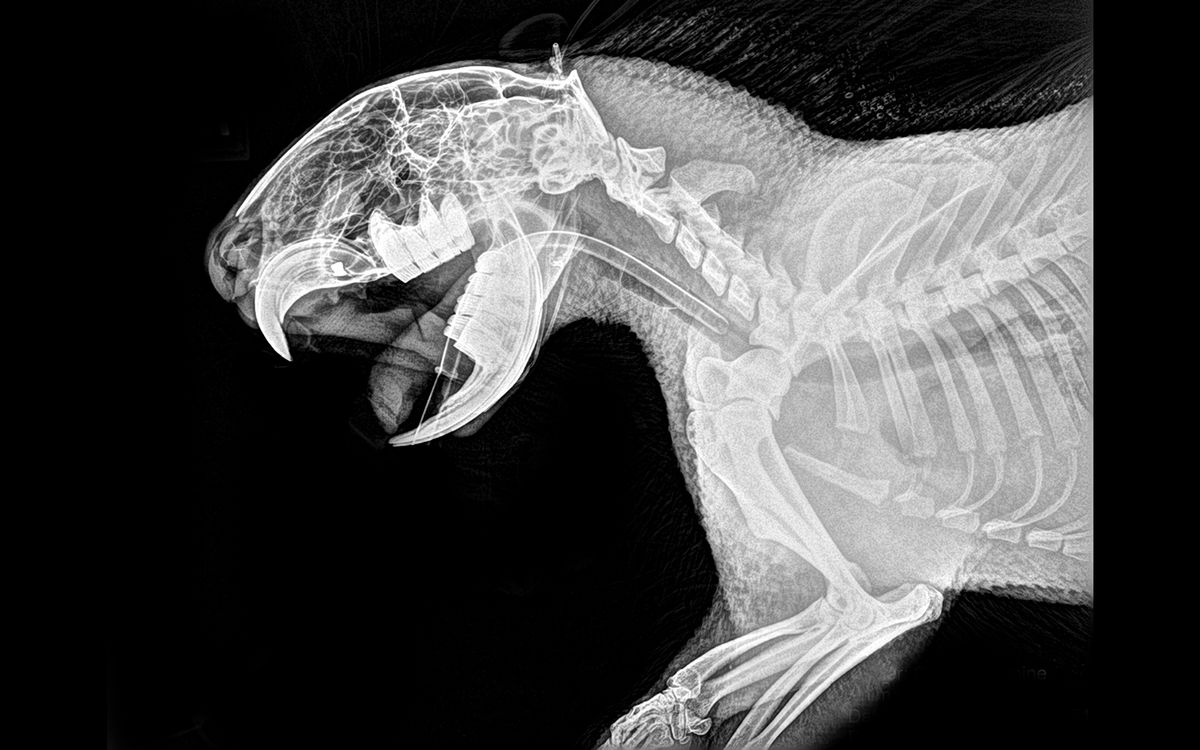
Zoo's Animal XRays Reveal Spooky, Scary Skeletons Live Science
Age: 25 years Gender: Male X-Ray Chest P/A View x-ray Frontal Frontal Small area of pulmonary opacity near left costophrenic angle. Fundic shadow of stomach displaced inferiorly and medially by what appears like a thick homogeneous opacity having a curved lateral end.
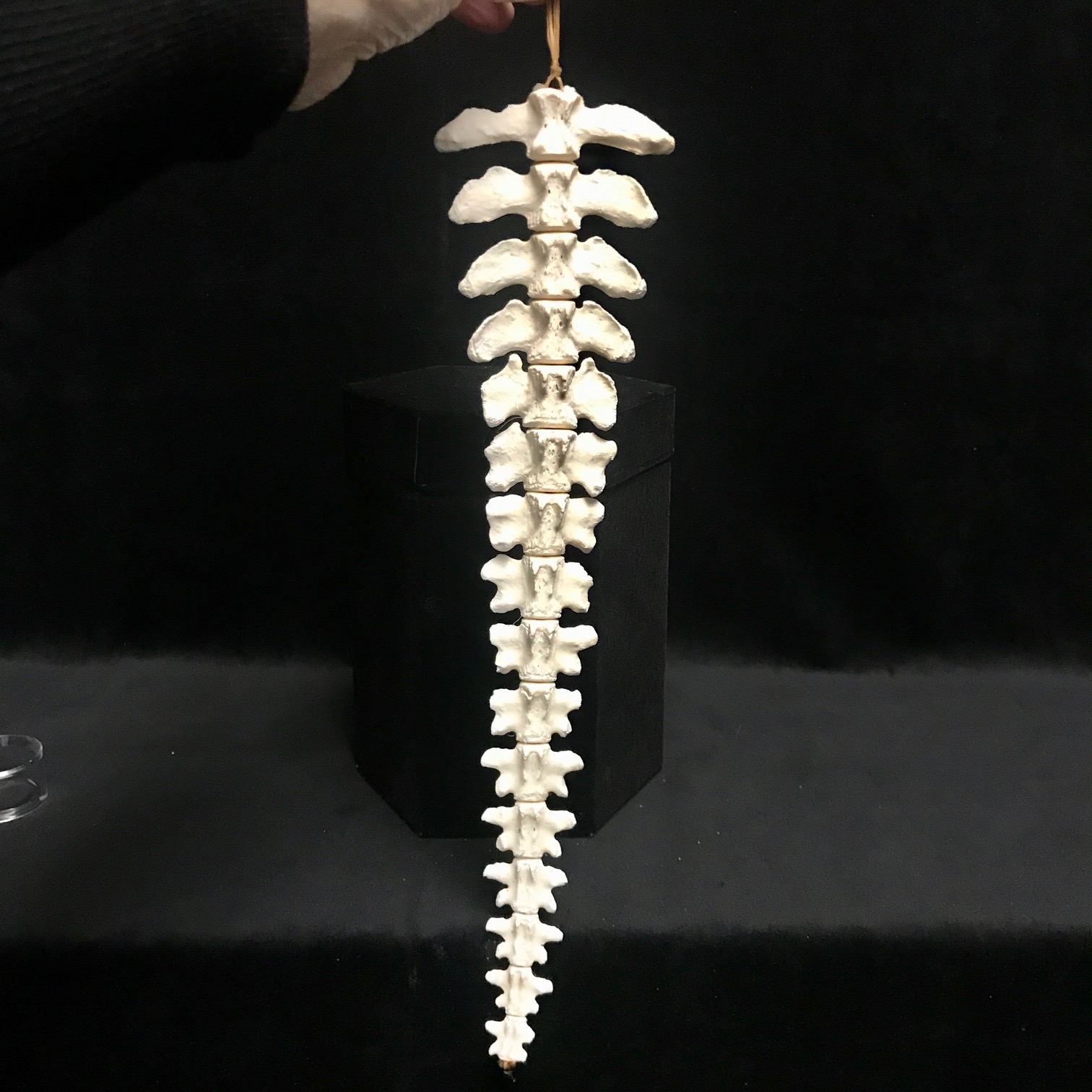
Fascinating, articulated beaver tail bones, available at natur
Beaver tail liver is a rare hepatic anatomical variant in which the left hepatic lobe extends into the left upper quadrant and surrounds the spleen. This extension of the left hepatic lobe consists of normal hepatic parenchyma with no functional liver impairment.
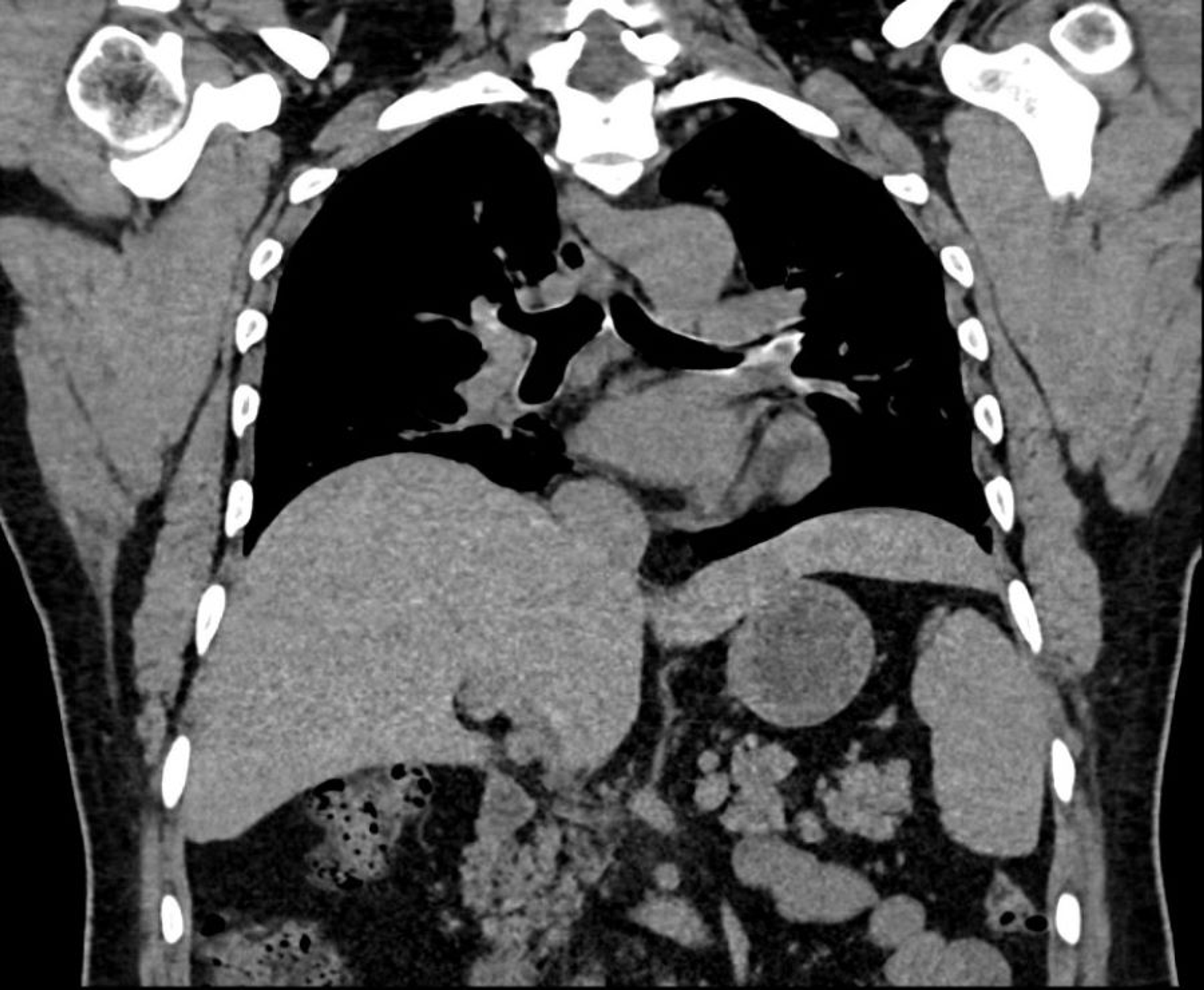
Cureus Beaver Tail Liver A Hepatic Morphology Variant
Also known as the sliver of liver, beaver tail liver is an anatomic variation of the liver where its left lobe extends laterally to contact and enclose the spleen. Hepatic parenchyma is normal. It may be difficult to distinguish the two organs from each other when both have equal echogenicity or density in ultrasonography and computed tomography.

Figure 1 from Beaver tail liver on pediatric chest Xray Semantic Scholar
This anatomical variant is characterized by a prominent and elongated left lobe of the liver, resembling the shape of a beaver's tail. It is considered a benign and asymptomatic condition, discovered incidentally during imaging studies.
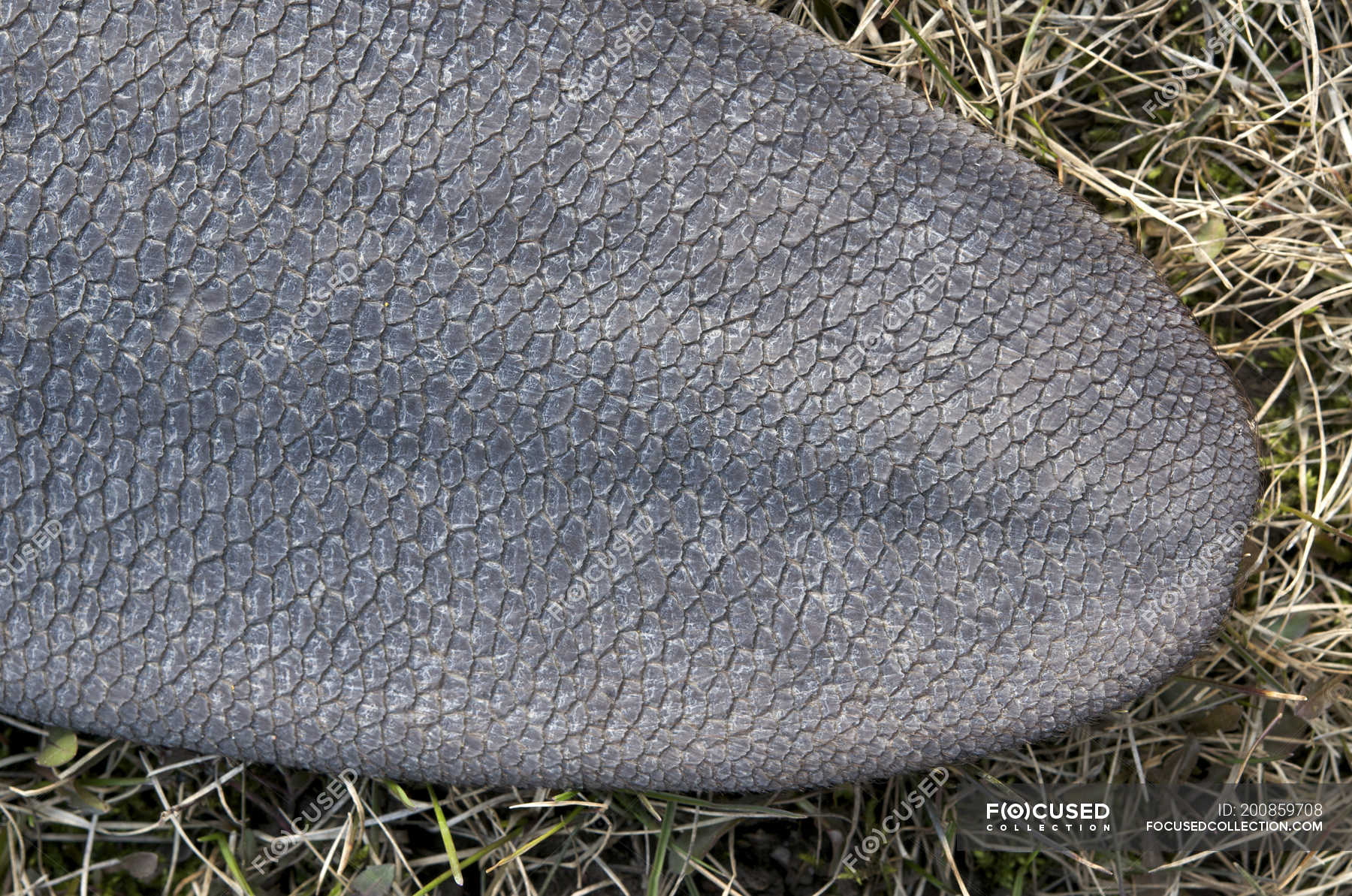
Closeup of beaver tail on dry grass — nature, selective focus Stock Photo 200859708
This is a fibrous band which attaches to the diaphragm at the left extremity of the liver and may contain liver parenchyma. 2 This is an important structure intraoperatively as it may contain blood vessels and bile ducts and should be ligated with care. 1 In a cadaveric study, for example, 'comparatively large bile ducts' were found in 12 of 27.